New fundings brings closer clinical trials of the Bionic Eye
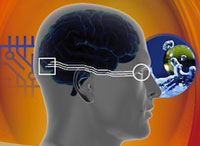 The Monash Vision Group moves a step closer to clinical trials of its Bionic Eye, thanks to landmark donations from two respected business leaders.
The Monash Vision Group moves a step closer to clinical trials of its Bionic Eye, thanks to landmark donations from two respected business leaders.
Dec 2nd, 2014
Read more
 Subscribe to our Biotechnology News feed
Subscribe to our Biotechnology News feed
 The Monash Vision Group moves a step closer to clinical trials of its Bionic Eye, thanks to landmark donations from two respected business leaders.
The Monash Vision Group moves a step closer to clinical trials of its Bionic Eye, thanks to landmark donations from two respected business leaders.
Dec 2nd, 2014
Read more Researchers created a synthetic surface on which the adhesion of E. coli bacteria can be controlled. The layer, which is only approximately four nanometres thick, imitates the saccharide coating (glycocalyx) of cells onto which the bacteria adhere such as during an infection.
Researchers created a synthetic surface on which the adhesion of E. coli bacteria can be controlled. The layer, which is only approximately four nanometres thick, imitates the saccharide coating (glycocalyx) of cells onto which the bacteria adhere such as during an infection.
Dec 2nd, 2014
Read more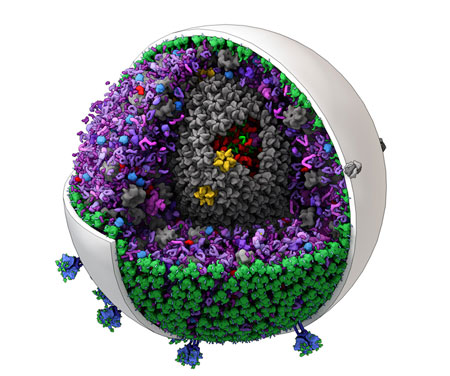 Researchers can now explore viruses, bacteria and components of the human body in more detail than ever before with software developed at The Scripps Research Institute (TSRI).
Researchers can now explore viruses, bacteria and components of the human body in more detail than ever before with software developed at The Scripps Research Institute (TSRI).
Dec 2nd, 2014
Read moreScientists have created the world's first enzymes made from artificial genetic material. Their synthetic enzymes, which are made from molecules that do not occur anywhere in nature, are capable of triggering chemical reactions in the lab.
Dec 1st, 2014
Read more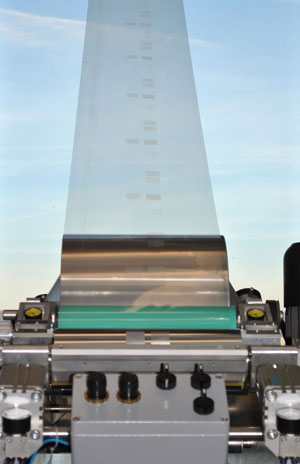 Protein-coated Petri dishes are increasingly being used to support cell growth during cell cultivation. Scientists have developed a system for printing protein patterns onto film using a roll-to-roll process, which allows high volumes to be manufactured efficiently and cost-effectively.
Protein-coated Petri dishes are increasingly being used to support cell growth during cell cultivation. Scientists have developed a system for printing protein patterns onto film using a roll-to-roll process, which allows high volumes to be manufactured efficiently and cost-effectively.
Dec 1st, 2014
Read more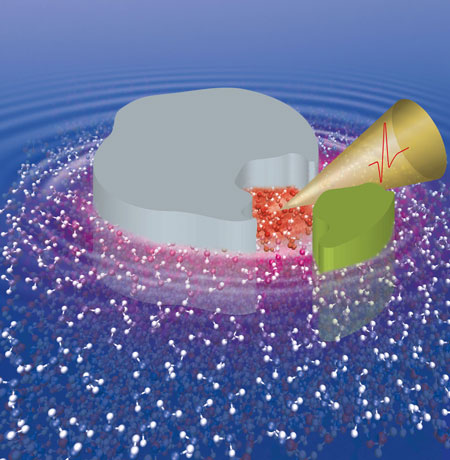 The main focus of enzymology lies on enzymes themselves, whereas the role of water motions in mediating the biological reaction is often left aside owing to the complex molecular behavior. Researchers have revised the classical enzymatic steady state theory by including long-lasting protein-water coupled motions into models of functional catalysis.
The main focus of enzymology lies on enzymes themselves, whereas the role of water motions in mediating the biological reaction is often left aside owing to the complex molecular behavior. Researchers have revised the classical enzymatic steady state theory by including long-lasting protein-water coupled motions into models of functional catalysis.
Nov 26th, 2014
Read more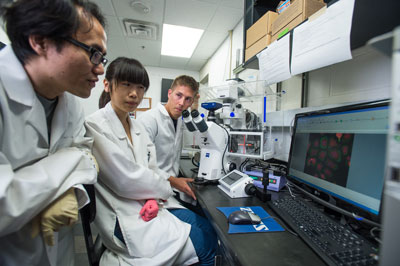 The new transport system for DNA vaccines could help treat HIV, malaria, HPV and other major illnesses.
The new transport system for DNA vaccines could help treat HIV, malaria, HPV and other major illnesses.
Nov 25th, 2014
Read more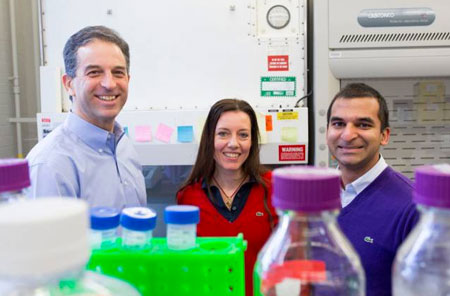 Innovation from MIT could allow many biological components to be connected to produce predictable effects.
Innovation from MIT could allow many biological components to be connected to produce predictable effects.
Nov 24th, 2014
Read more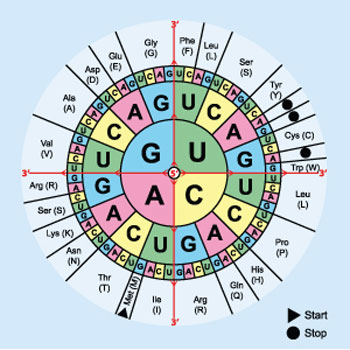 Web tool offers COOL approach to codon optimization for synthetic biology.
Web tool offers COOL approach to codon optimization for synthetic biology.
Nov 19th, 2014
Read moreScientists report a new method for establishing whether chemical compounds are safe for human use without in-vivo testing, based on so-called 'molecular initiating events' at the boundary between chemistry and biology.
Nov 18th, 2014
Read moreAs genome sequencing has gotten faster and cheaper, the pace of whole-genome sequencing has accelerated, dramatically increasing the number of genomes deposited in public archives. Although these genomes are a valuable resource, problems can arise when researchers misapply computational methods to assemble them, or accidentally introduce unnoticed contaminations during sequencing.
Nov 18th, 2014
Read more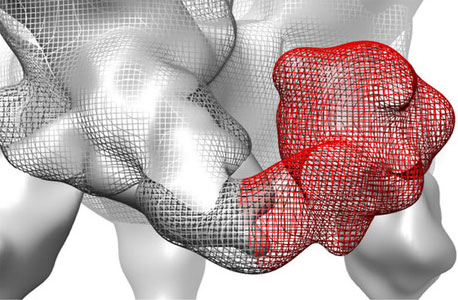 UC Davis researchers are getting a new look at the workings of HIV and other viruses thanks to new techniques in electron microscopy developed on campus.
UC Davis researchers are getting a new look at the workings of HIV and other viruses thanks to new techniques in electron microscopy developed on campus.
Nov 17th, 2014
Read more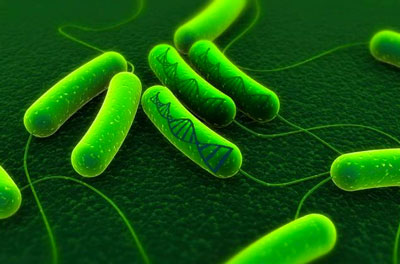 Engineered E. coli can store long-term memories of chemical exposure, other events in their DNA.
Engineered E. coli can store long-term memories of chemical exposure, other events in their DNA.
Nov 17th, 2014
Read more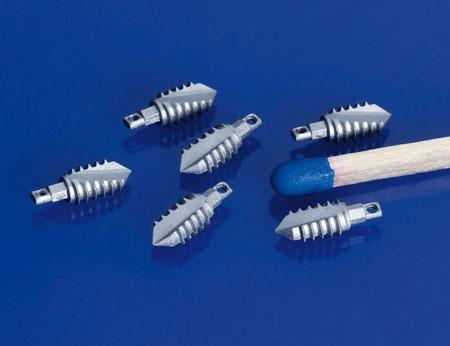 Until now, in cases of bone fracture, doctors have used implants made of steel and titanium, which have to be removed after healing. To spare patients burdensome interventions, researchers are working on a bone substitute that completely degrades in the body. Towards this end, material combinations of metal and ceramic are being used.
Until now, in cases of bone fracture, doctors have used implants made of steel and titanium, which have to be removed after healing. To spare patients burdensome interventions, researchers are working on a bone substitute that completely degrades in the body. Towards this end, material combinations of metal and ceramic are being used.
Nov 12th, 2014
Read more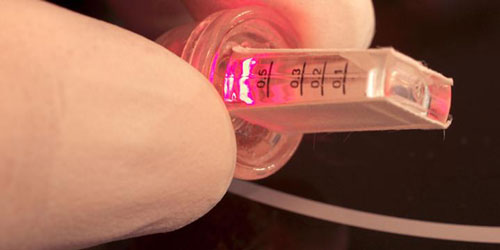 Researchers have constructed the first gene network that can be controlled by our thoughts. The inspiration for this development was a game that picks up brainwaves in order to guide a ball through an obstacle course.
Researchers have constructed the first gene network that can be controlled by our thoughts. The inspiration for this development was a game that picks up brainwaves in order to guide a ball through an obstacle course.
Nov 11th, 2014
Read more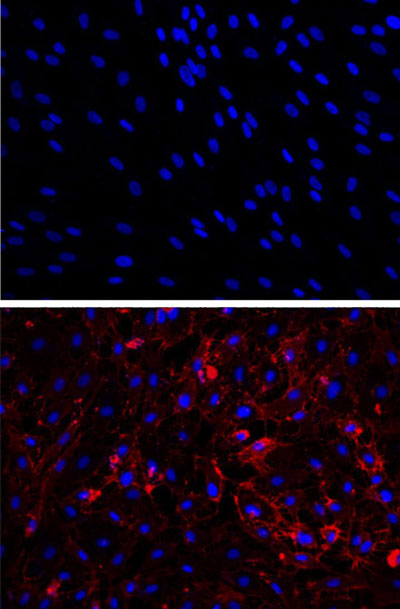 By transforming human scar cells into blood vessel cells, scientists may have discovered a new way to repair damaged tissue. The method appeared to improve blood flow, oxygenation, and nutrition to areas in need.
By transforming human scar cells into blood vessel cells, scientists may have discovered a new way to repair damaged tissue. The method appeared to improve blood flow, oxygenation, and nutrition to areas in need.
Nov 7th, 2014
Read more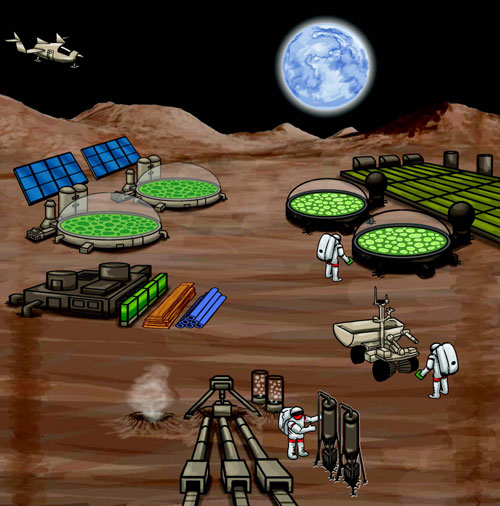 Researchers have used synthetic biology to produce an inexpensive and reliable microbial-based alternative to the world's most effective anti-malaria drug, and to develop clean, green and sustainable alternatives to gasoline, diesel and jet fuels. In the future, synthetic biology could also be used to make manned space missions more practical.
Researchers have used synthetic biology to produce an inexpensive and reliable microbial-based alternative to the world's most effective anti-malaria drug, and to develop clean, green and sustainable alternatives to gasoline, diesel and jet fuels. In the future, synthetic biology could also be used to make manned space missions more practical.
Nov 6th, 2014
Read more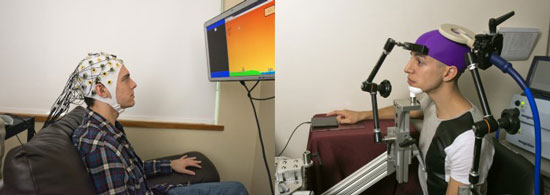 Researchers have successfully replicated a direct brain-to-brain connection between pairs of people as part of a scientific study following the team's initial demonstration a year ago. In the newly published study, which involved six people, researchers were able to transmit the signals from one person's brain over the Internet and use these signals to control the hand motions of another person within a split second of sending that signal.
Researchers have successfully replicated a direct brain-to-brain connection between pairs of people as part of a scientific study following the team's initial demonstration a year ago. In the newly published study, which involved six people, researchers were able to transmit the signals from one person's brain over the Internet and use these signals to control the hand motions of another person within a split second of sending that signal.
Nov 5th, 2014
Read more